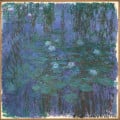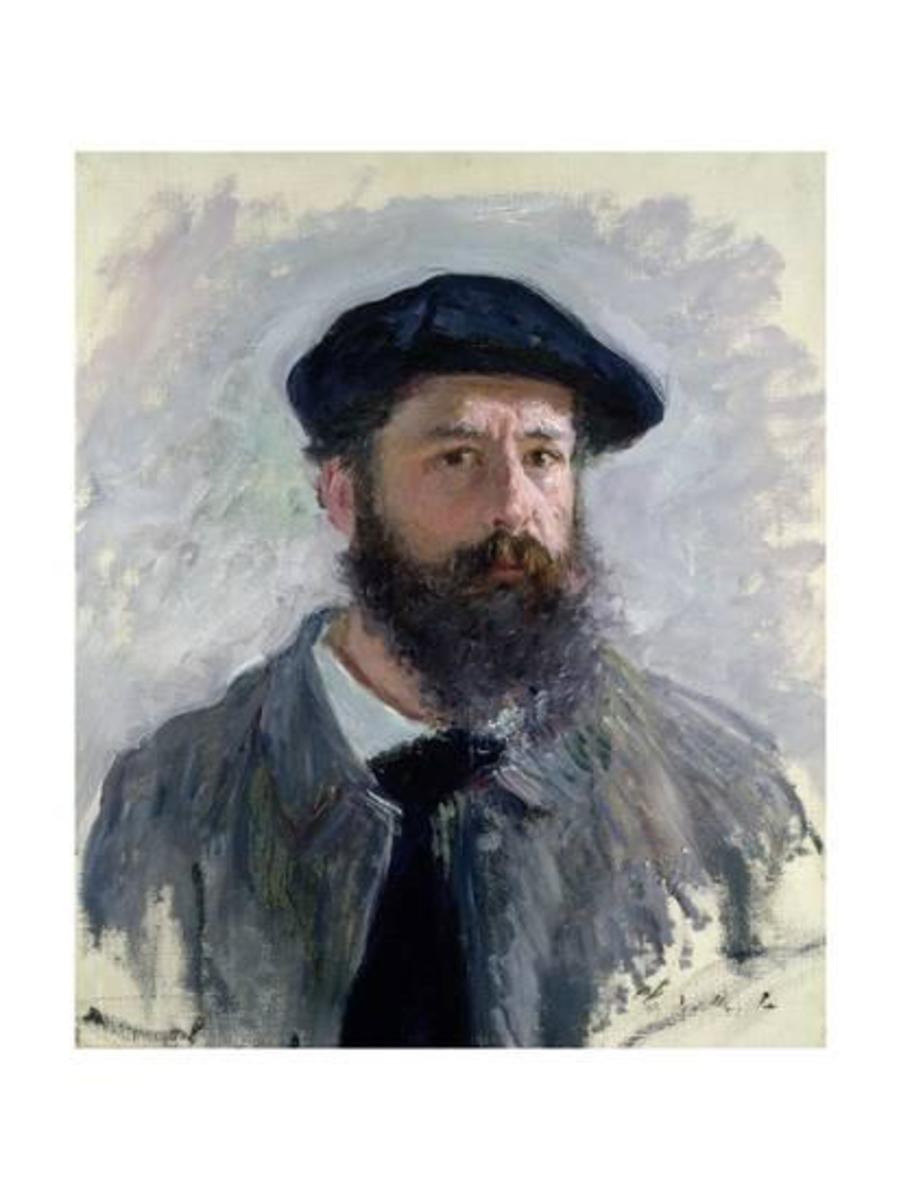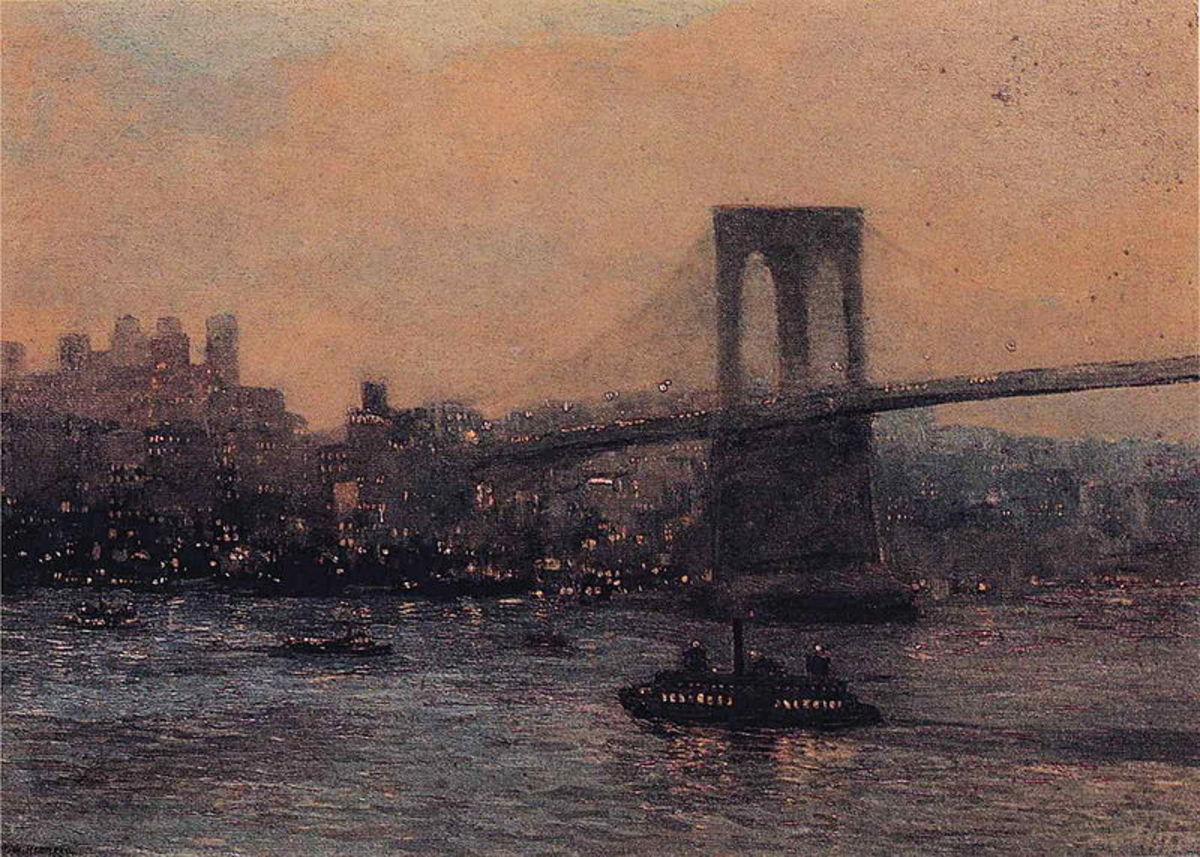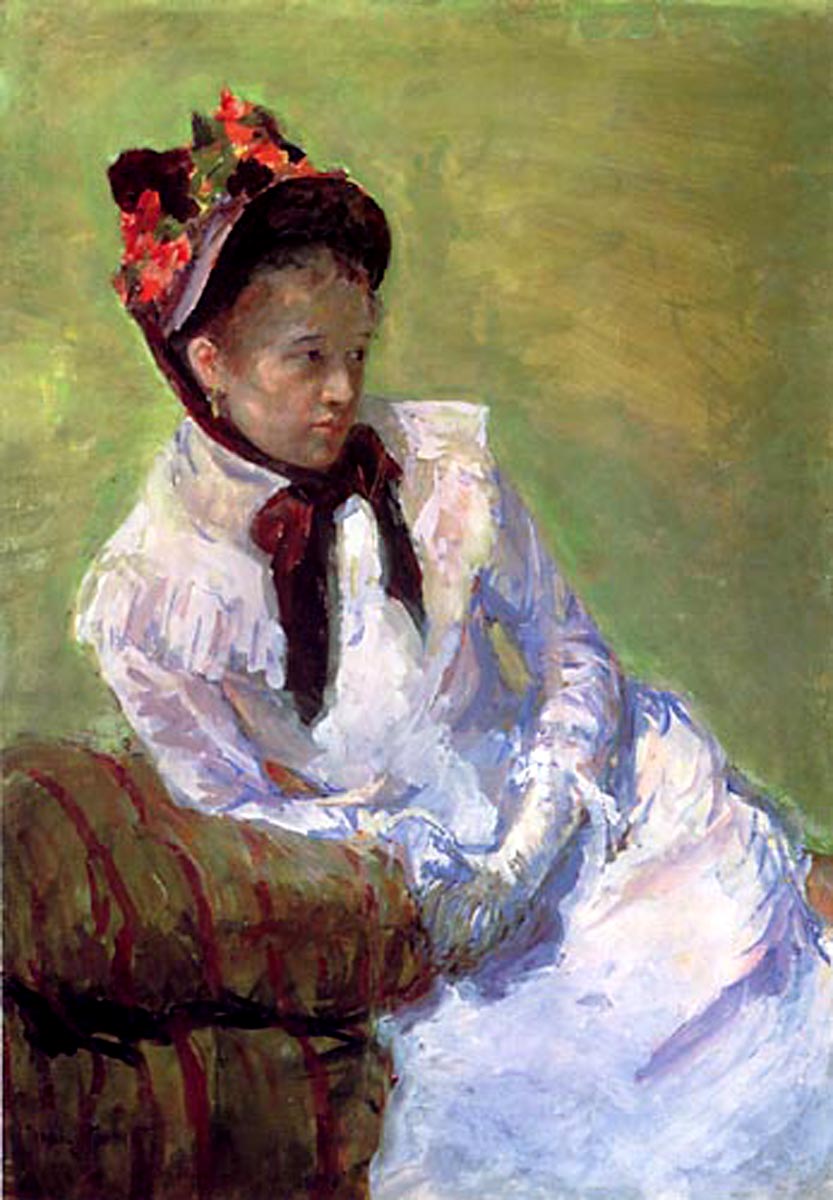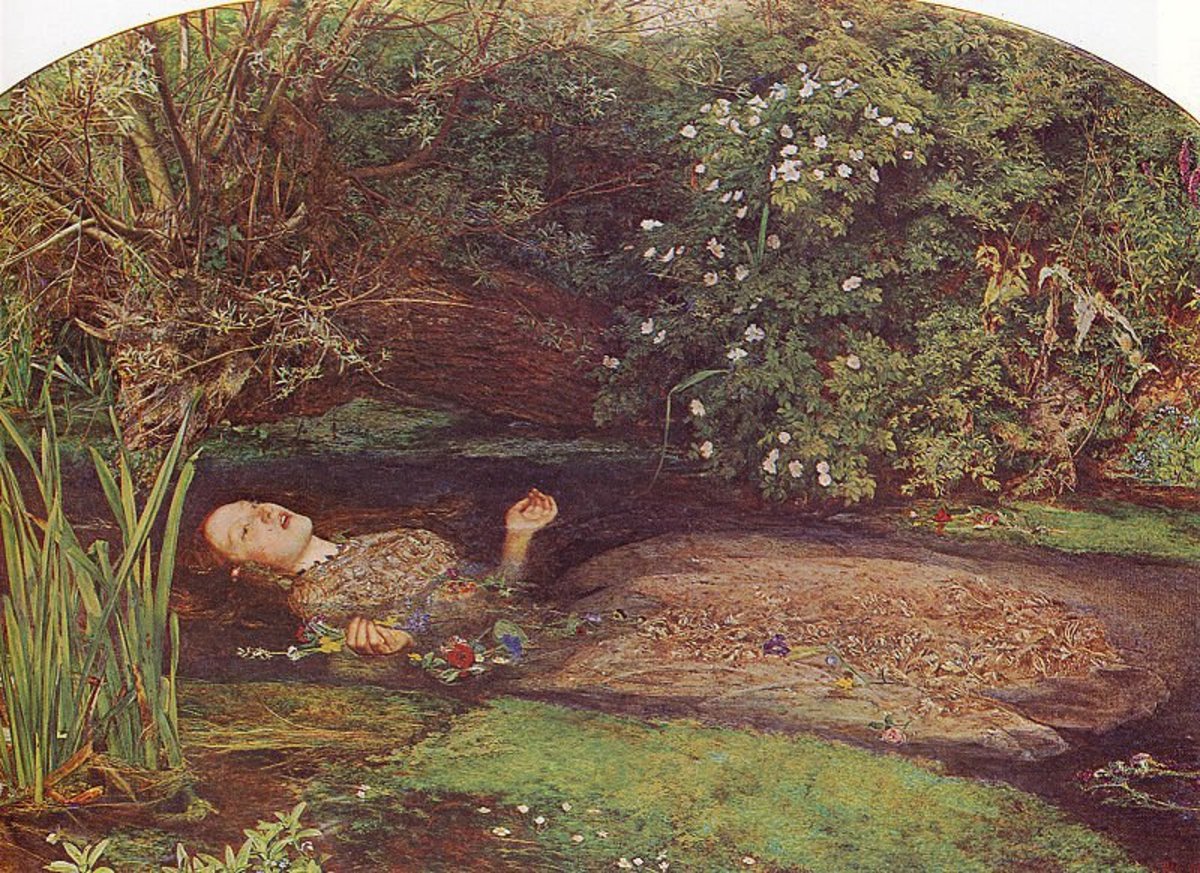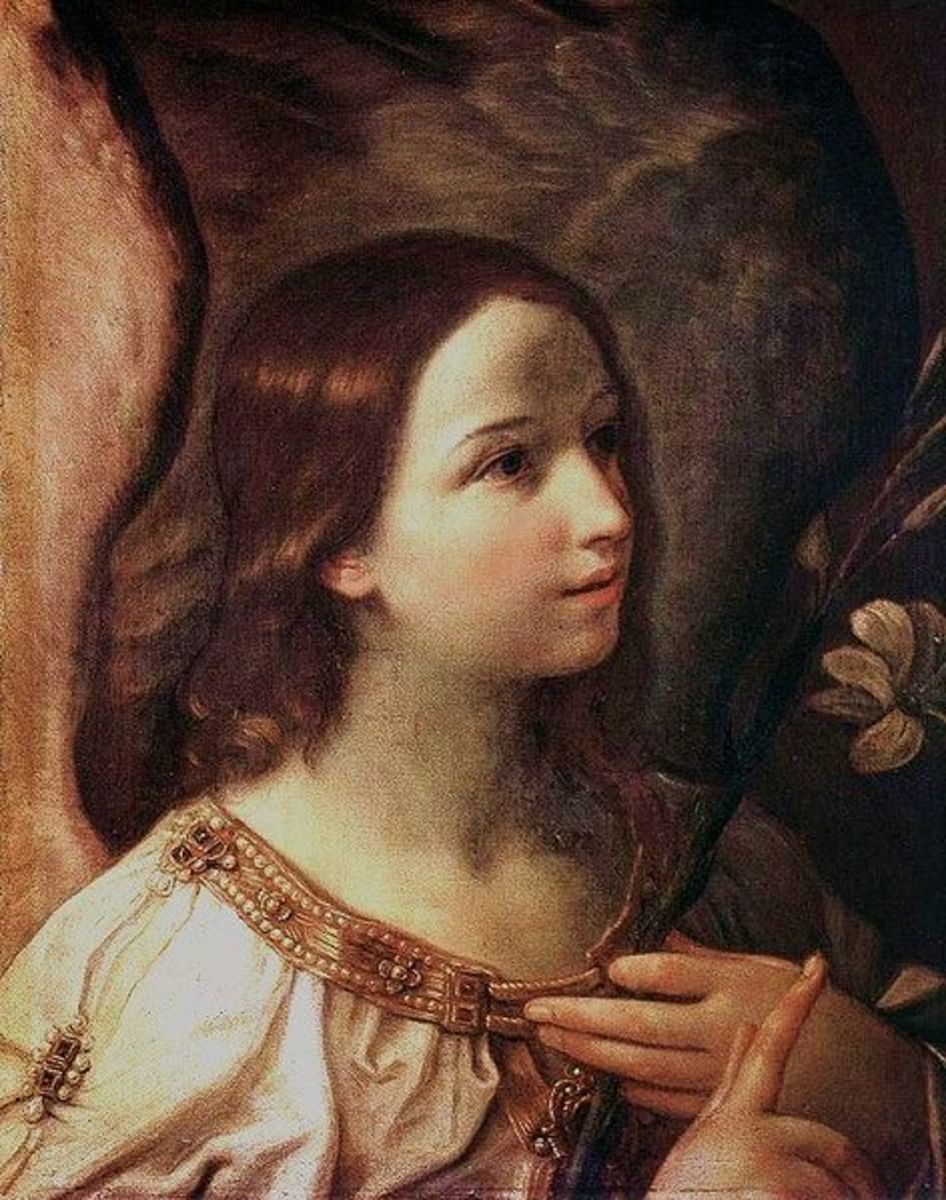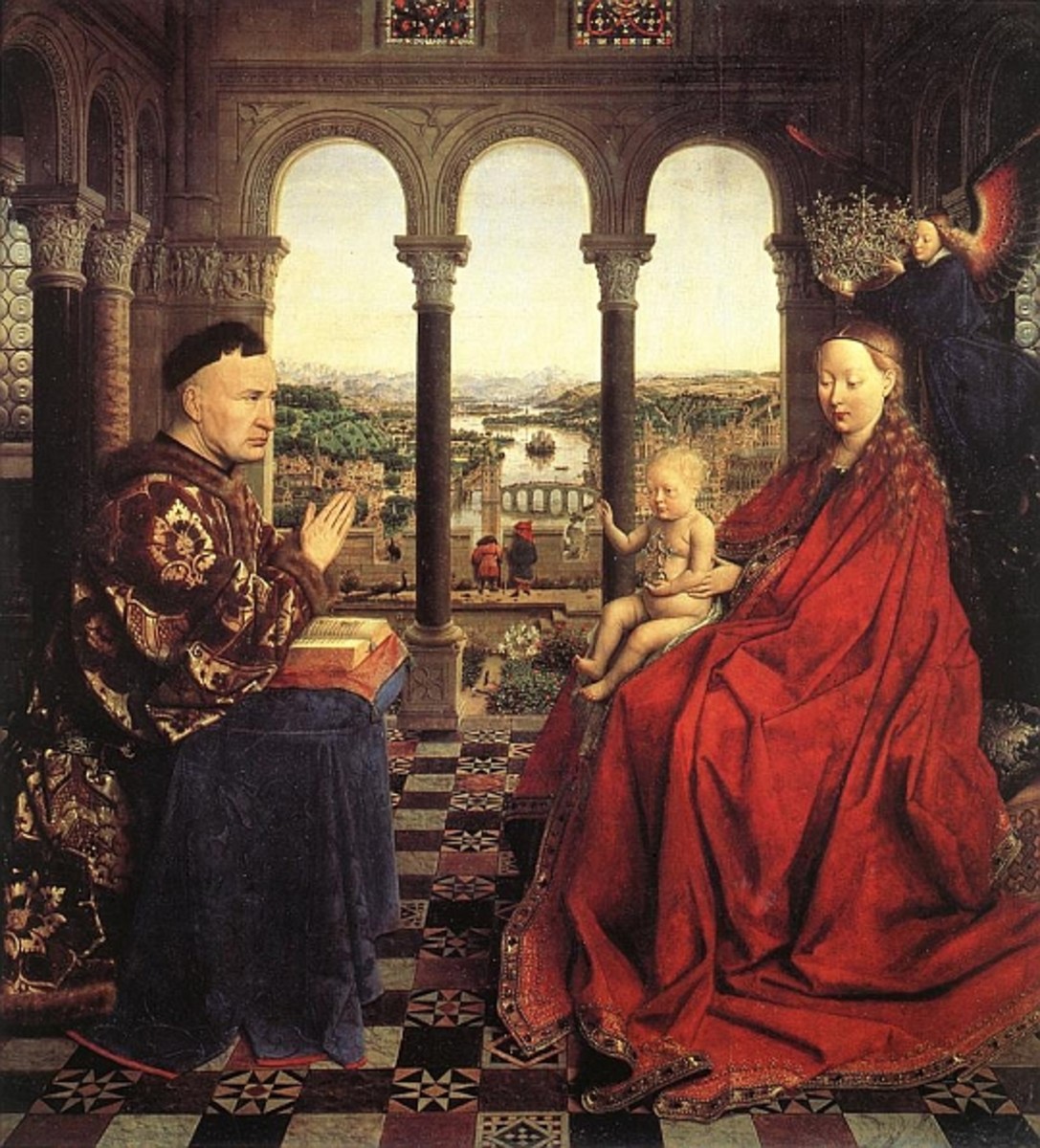Monet's Water Lilies: How to get the Most out of Impressionist Paintings
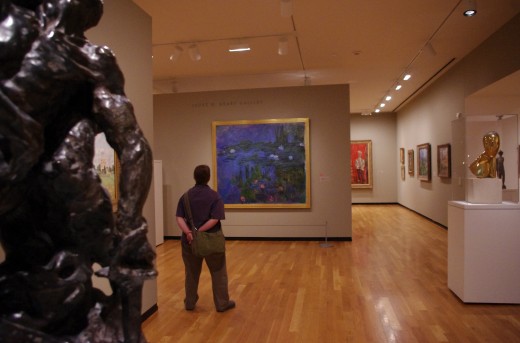
One of the many things I like about living here in Oregon’s Willamette Valley is the abundance of culture. For instance, I can see one of Monet’s famous series of paintings, Water Lilies , any day of the week by visiting Portland Art Museum. You can also see an early Van Gogh, a Picasso sculpture, a Man Ray sculpture, and much more among an impressive list of artists from virtually every era.
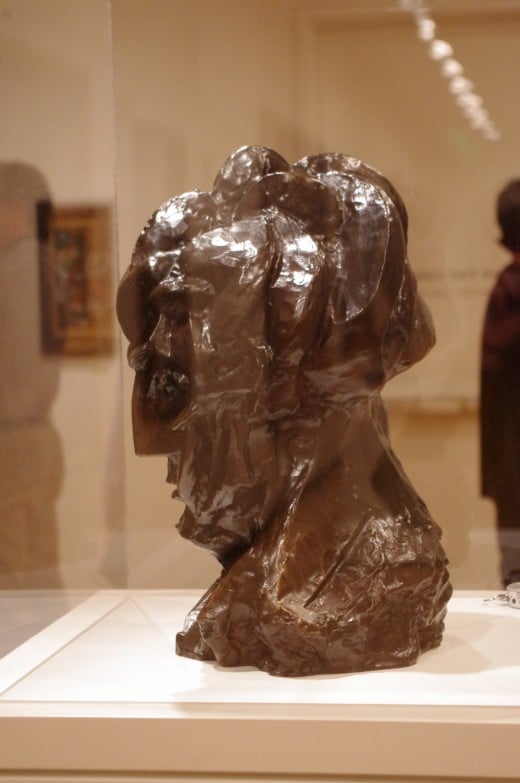
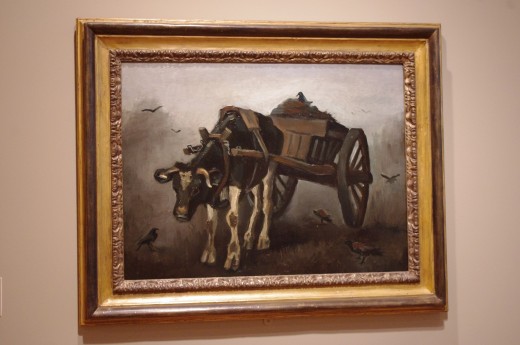
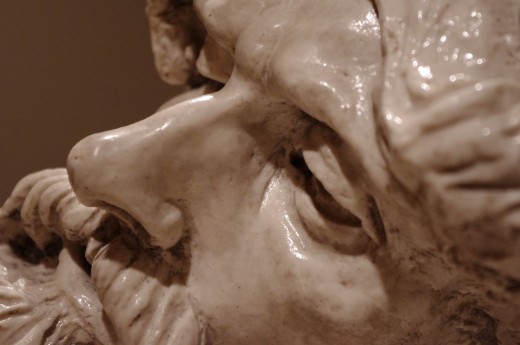
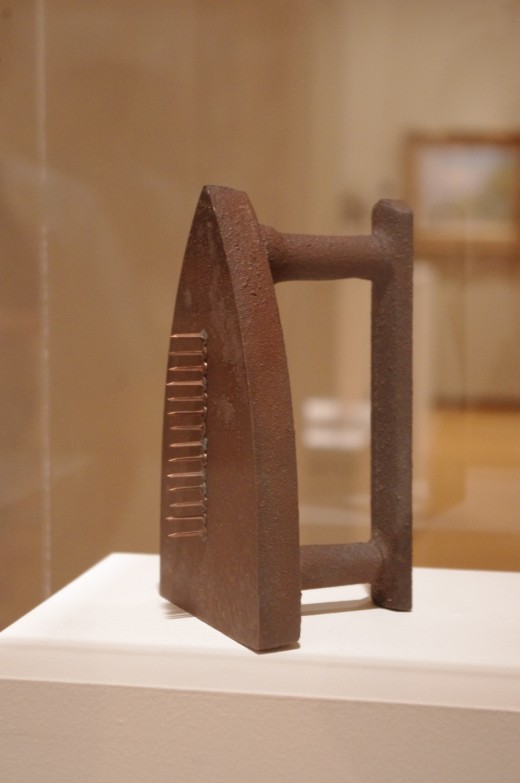
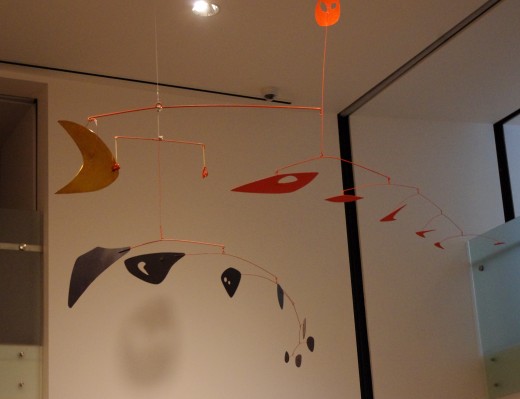
And there is nothing like seeing art, up close and personally, most especially Impressionist Art.
My first look at the Portland Museum’s Water Lilies by Claude Monet took my breath away. I felt I was in the presence of Monsieur Monet himself. So I spent a lot of time with this large painting, and realized that there was one and only one single distance in which the entire painting coalesced.
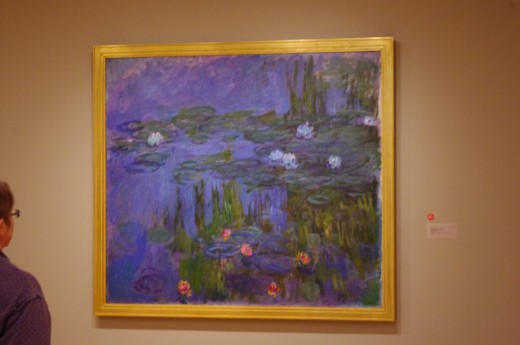
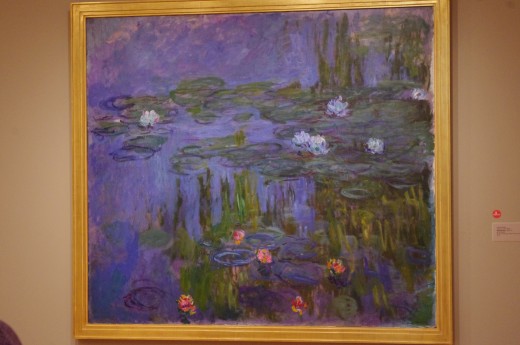
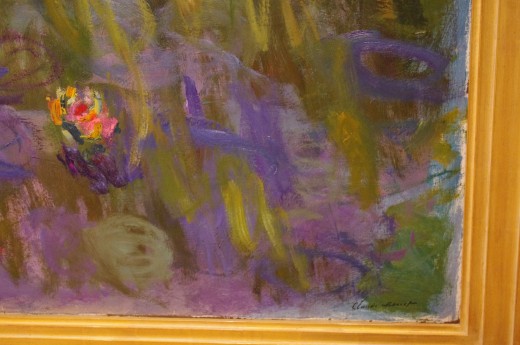

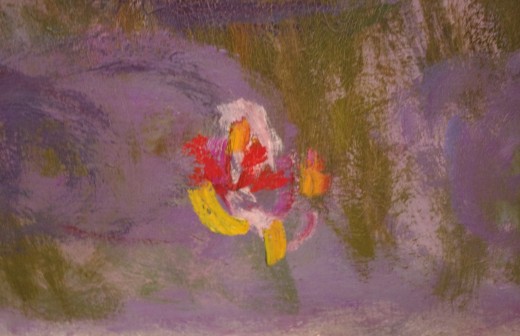
If you backed further away you still had a beautiful painting, but you did not have the absolute perfection that the artist intended. If you got closer, you’d see that the beautiful lilies are actually coarse -- almost brutal -- paint strokes, which look random, as if they collided with the canvas the way an asteroid occasionally collides with Earth.
That is the magic of Impressionism.
There is an engineering to the work of impressionist artists, an exquisite master plan. Yet the subject matter is ephemeral: an instant of light and how that instant of light plays over the objects the artist is painting, in this case, water lilies. It is firmly designed to look momentary. And in pursuit of that result, an impressionist painting looks different from every perspective, as if that light that is painted onto the canvas is playing over the painting with every step you take.
Impressionism is a very popular form of painting because it is either beautiful and appealing, and therefore, easy to take, or, as complicated as cubism, depending on how long or short, deep or shallow, a look you want to take.
Monet painted almost 250 water lilies and though most of them are studies of the pond in his own garden, they all look very different from each other.
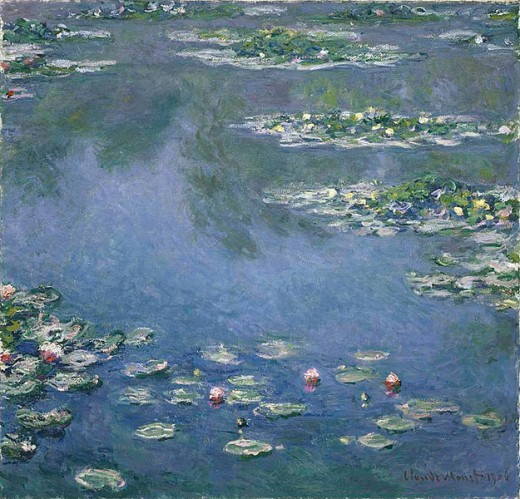

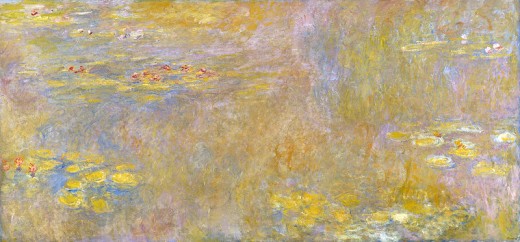
The use of light and the practice of capturing the lilies at different times of the day and different times of the year, gives this single subject an almost miraculous diversity, and also supports the idea that Impressionism is about capturing a fraction of a moment in time.
The next time you have the privilege of seeing a work of Impressionist painting, take a lot of time and look from all different perspectives, and watch for that "coalescent distance."
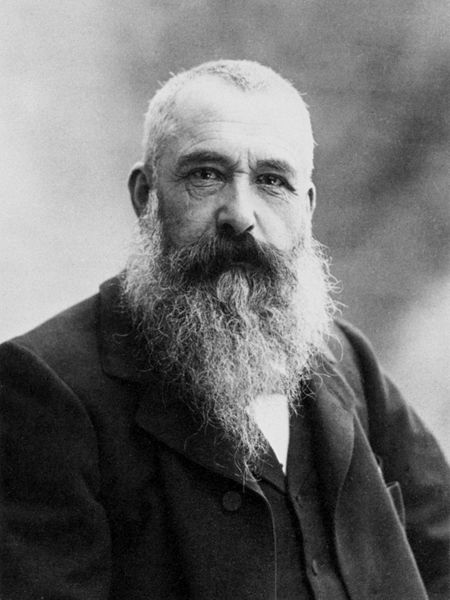
- Welcome - Portland Art Museum
The Portland Art Museum is the seventh oldest museum in the United States and the oldest in the Pacific Northwest. - Famous Paintings by Claude Monet | Monet Paintings Gallery
Claude Monet Paintings Art Gallery Homepage. - Claude MONET biography


